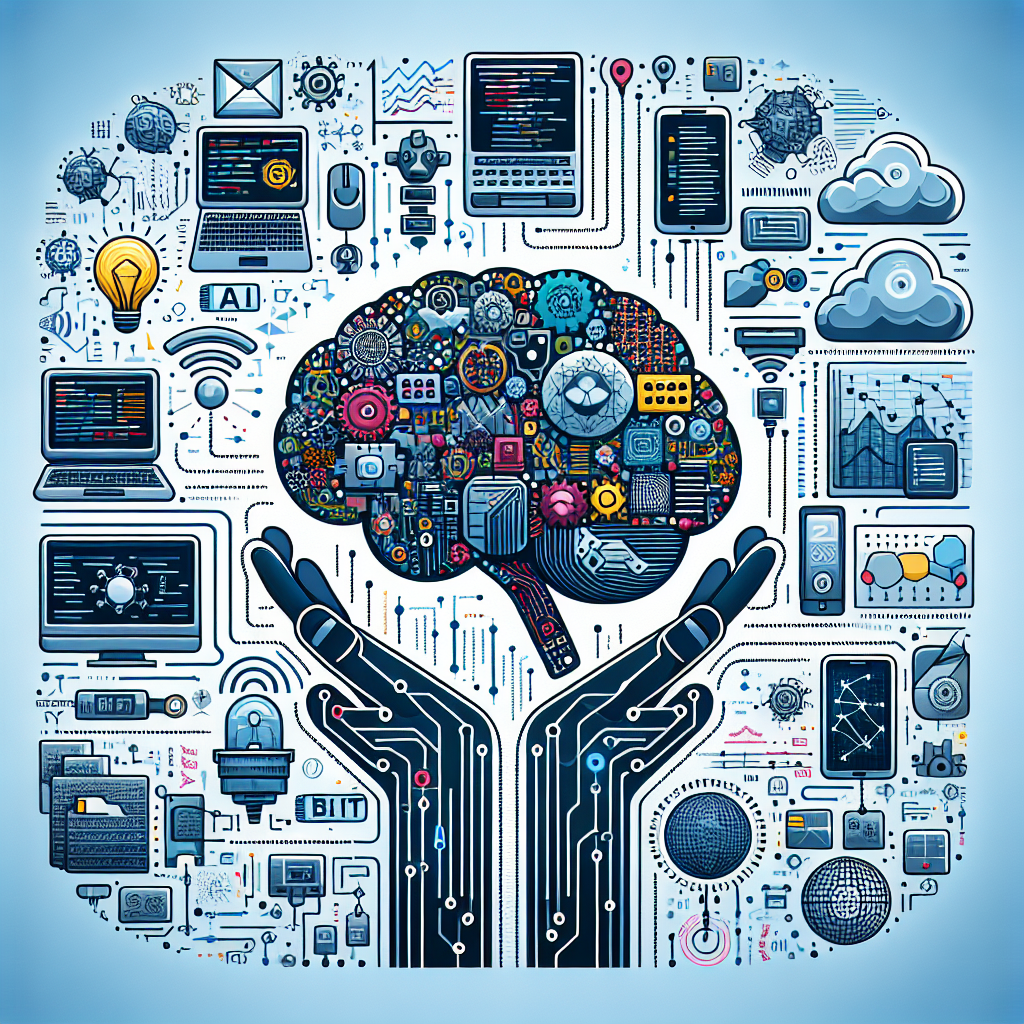Artificial Intelligence (AI) and Machine Learning (ML) have revolutionized the way we approach remote monitoring in various industries. From healthcare to agriculture, these technologies have enabled organizations to collect and analyze data in real-time, leading to improved decision-making and efficiency. However, implementing AI and ML in remote monitoring comes with its challenges. In this article, we will discuss some of the key challenges organizations face when trying to integrate these technologies into their remote monitoring systems.
One of the main challenges of implementing AI and ML in remote monitoring is the complexity of the data being collected. Remote monitoring systems often generate large volumes of data from various sources, such as sensors, cameras, and other devices. This data can be unstructured, noisy, and difficult to interpret without the proper tools and techniques. AI and ML algorithms can help analyze this data and extract valuable insights, but they require a significant amount of processing power and computational resources to do so effectively.
Another challenge is the need for high-quality data to train AI and ML models. Data quality is crucial for the success of any machine learning project, and remote monitoring systems are no exception. Organizations must ensure that the data being used to train their models is accurate, up-to-date, and representative of the real-world scenarios they are trying to monitor. This can be difficult to achieve, especially in remote or harsh environments where data collection may be limited or unreliable.
Furthermore, organizations must also consider the ethical and legal implications of using AI and ML in remote monitoring. These technologies have the potential to infringe on individual privacy rights and may raise concerns about data security and confidentiality. Organizations must be transparent about how they are using AI and ML in their remote monitoring systems and take steps to protect the privacy of their users and comply with relevant regulations and laws.
Additionally, organizations must also address the issue of bias in AI and ML algorithms. Bias can arise from the data used to train these algorithms, leading to inaccurate or unfair predictions and decisions. Organizations must be mindful of the potential biases present in their data and take steps to mitigate them through careful data collection, preprocessing, and algorithm design.
Despite these challenges, AI and ML have the potential to revolutionize remote monitoring and drive significant improvements in efficiency, accuracy, and decision-making. By addressing these challenges head-on and investing in the right tools, technologies, and expertise, organizations can harness the power of AI and ML to transform their remote monitoring systems and unlock new opportunities for growth and innovation.
FAQs:
Q: What are some of the benefits of implementing AI and ML in remote monitoring?
A: Some of the benefits of implementing AI and ML in remote monitoring include improved decision-making, increased efficiency, enhanced predictive capabilities, and reduced human error.
Q: How can organizations address the challenge of data quality in remote monitoring?
A: Organizations can address the challenge of data quality in remote monitoring by investing in data validation and cleansing tools, ensuring data integrity and accuracy, and implementing robust data governance practices.
Q: What are some of the ethical considerations organizations must take into account when using AI and ML in remote monitoring?
A: Some of the ethical considerations organizations must take into account when using AI and ML in remote monitoring include protecting user privacy, ensuring data security, and addressing potential biases in their algorithms.
Q: How can organizations mitigate bias in AI and ML algorithms?
A: Organizations can mitigate bias in AI and ML algorithms by conducting bias audits, diversifying their training data, and implementing fairness-aware algorithms that are designed to detect and correct bias.
Q: How can organizations ensure compliance with relevant regulations and laws when using AI and ML in remote monitoring?
A: Organizations can ensure compliance with relevant regulations and laws when using AI and ML in remote monitoring by conducting thorough risk assessments, implementing privacy-enhancing technologies, and engaging with legal experts to ensure they are following best practices.

